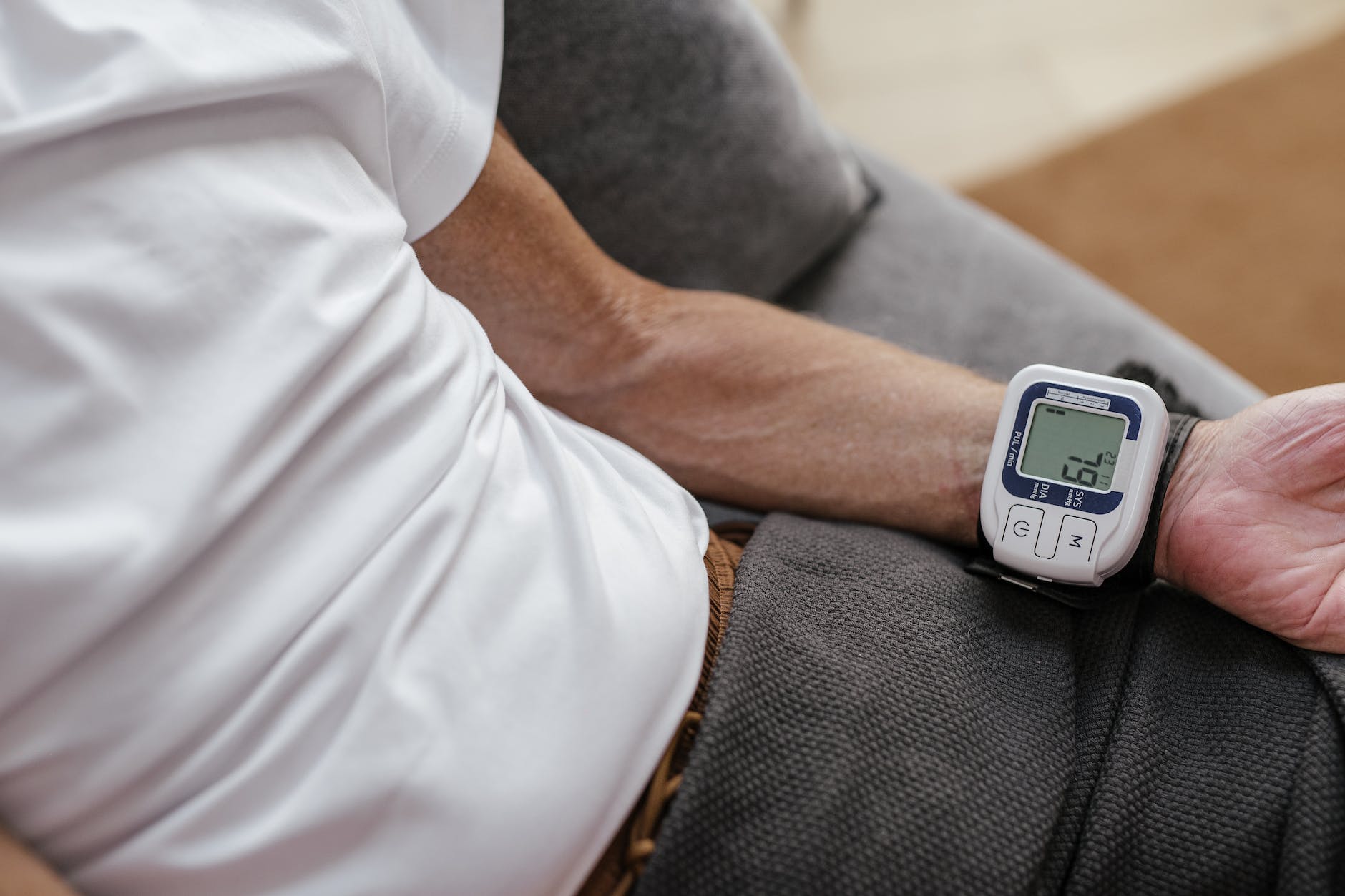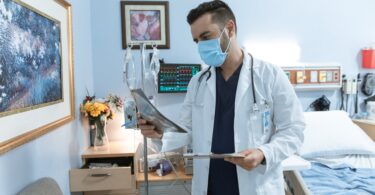
High Blood Pressure and Varicose Veins
High blood pressure (hypertension) is a common health condition affecting millions worldwide. Varicose veins, with their bulging and twisted appearance, are often seen as a cosmetic concern. But did you know there’s a deeper connection between high blood pressure and varicose veins than meets the eye? This article will explore the link between these two seemingly unrelated conditions. You will understand how they might be more intertwined than you think.
Understanding High Blood Pressure
Let’s start by understanding high blood pressure. It’s a medical condition where the force of blood against the walls of your arteries is consistently too high. This condition can lead to various health complications, including:
– Heart disease
– Stroke
– Kidney problems
Hypertension often develops over time and can be influenced by a range of factors, including:
– Genetics
– Diet
– Lifestyle choices
Deciphering Varicose Veins
Now, let’s turn our attention to varicose veins. Varicose veins are swollen, twisted veins that typically appear in the legs. They are caused by the improper functioning of vein valves, which leads to blood pooling in the veins. Varicose veins extend beyond being just a matter of cosmetic appearance. They can cause:
– Discomfort
– Pain
– Skin ulcers
If you are dealing with varicose veins, seeking guidance from a vein specialist is essential. Visit a Vein clinic Fort Worth to understand and manage this condition effectively.
The Link Between High Blood Pressure and Varicose Veins
Regarding our health, the human body often reveals a web of intricate connections that can be surprising. One such surprising link is between high blood pressure and varicose veins. On the surface, these two conditions might seem unrelated. However, a closer look unveils a fascinating connection worth exploring. This section will delve into the shared risk factors between hypertension and varicose veins.
Shared Risk Factors
High blood pressure and varicose veins share several risk factors, including the following:
– Obesity
– Lack of physical activity
– Poor diet
These factors contribute to the weakening of blood vessels. This can lead to varicose veins while also exacerbating high blood pressure.
Hemodynamic Changes
Another factor connecting these conditions is hemodynamics. Hemodynamics refers to the study of blood flow within the body. In individuals with high blood pressure, the increased pressure in the arteries can affect the blood flow in the veins. The alteration in hemodynamics can contribute to the development or worsening of varicose veins.
Can High Blood Pressure Cause Varicose Veins?
The Role of Increased Pressure
Veins can narrow to decrease their ability to contain blood, pushing a greater blood volume into the arteries. This increased pressure in the veins can strain the vein walls and deform the valves. This condition can potentially contribute to the development of varicose veins.
Impact on Venous Valves
The venous system relies on one-way valves to ensure that blood flows in the right direction—toward the heart. High blood pressure may affect the proper functioning of these valves. This allows blood to flow backward and pool in the veins. Backward flow can lead to the dilation and twisting of veins, characteristic of varicose veins.
Managing High Blood Pressure to Prevent Varicose Veins
Let’s delve into practical steps to help you keep your blood pressure and veins in check.
Lifestyle Changes
Making certain lifestyle changes is crucial to mitigate the risk of varicose veins and hypertension. These changes include:
– Maintain a healthy weight
– Engage in regular physical activity
– Adopt a diet rich in fruits, vegetables, and whole grains
– Limit salt intake
Medications
For people with hypertension, prescribed medications can help control blood pressure levels. Managing high blood pressure benefits heart health and can indirectly reduce the risk of varicose veins.
Treating Varicose Veins
Varicose veins are a common concern for many. But what can be done if you’re already dealing with these swollen veins? This section will explore some treatment options available for varicose veins.
Compression Stockings
Compression stockings are a non-invasive treatment for varicose veins. These specialized stockings exert pressure on the legs, helping to improve blood flow. While they don’t cure varicose veins, they can offer significant relief.
Endovenous Ablation
In more severe cases, endovenous ablation procedures may be recommended. This minimally invasive technique uses heat or laser energy to close off problematic veins. Then, blood flow is rerouted to more healthy veins.
Surgical Options
In more serious cases, surgical interventions may be considered. Surgical options consist of removing the affected veins through small incisions. Surgical procedures may involve a longer recovery period. However, they can provide lasting relief for individuals with extensive varicose veins.
Conclusion
High blood pressure and varicose veins share common risk factors that make their relationship more intricate than it seems. While high blood pressure might not directly cause varicose veins, it can contribute to their development. Thus, managing hypertension through lifestyle changes and, if necessary, medication is essential. This is not only for your heart’s sake but also to reduce the risk of varicose veins.






